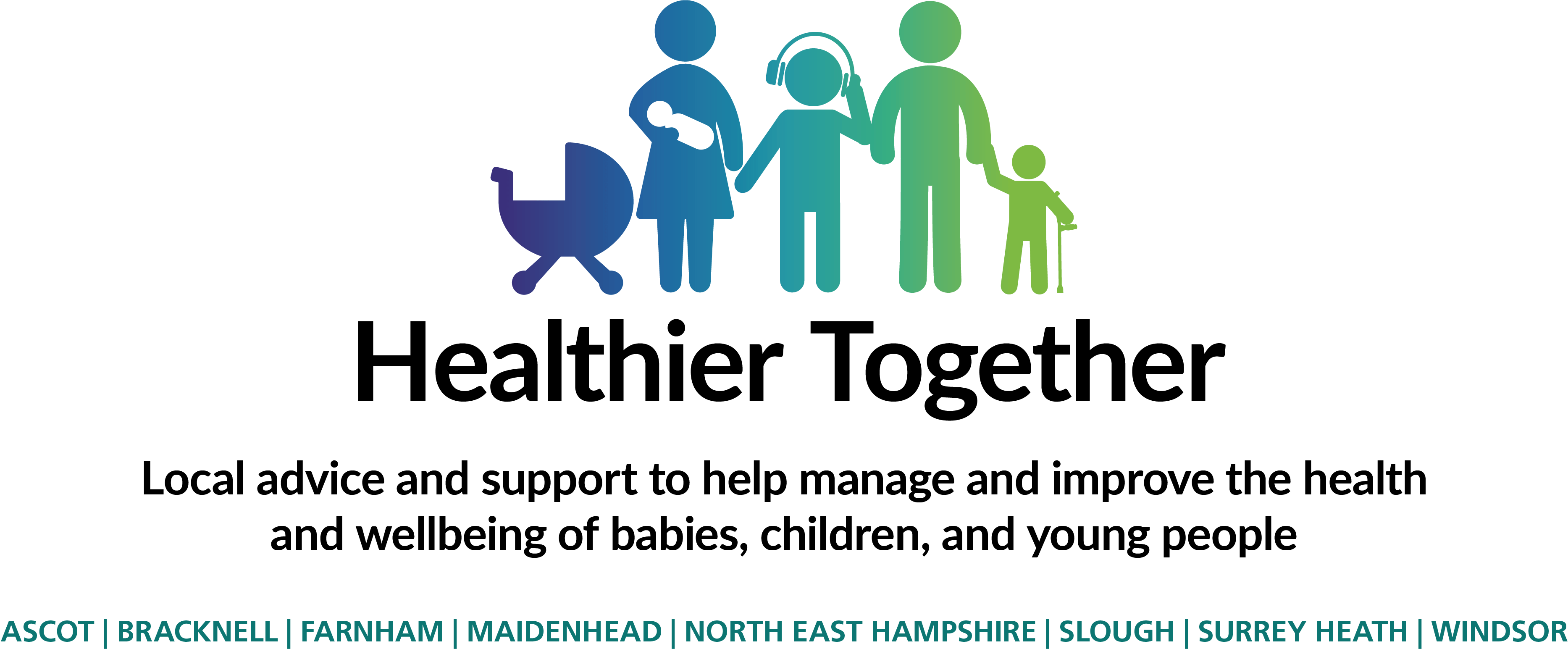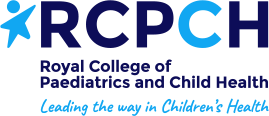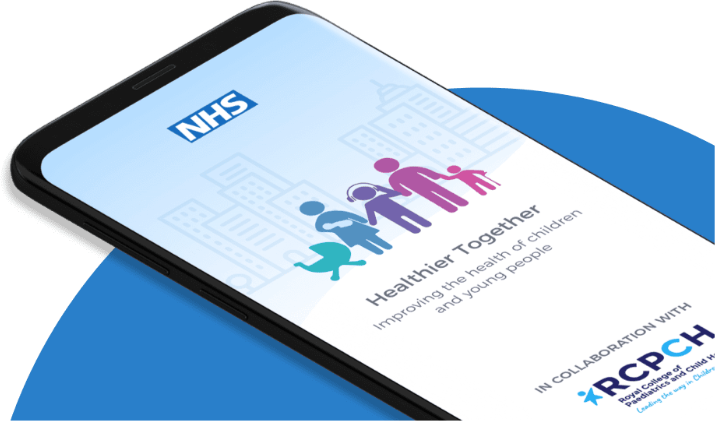It’s normal for babies to have some reflux because the muscle at the end of their food pipe,
which keeps food in their stomach, is still developing. Reflux might make your baby bring up
milk after feeding and can also cause hiccups. As long as your baby is growing well and
doesn’t seem very upset, there’s no need to worry.
However, more severe reflux can make your baby cry and vomit, especially after feeding.
This more serious kind of reflux is called gastro-oesophageal reflux disease (GORD). It
happens when your baby’s tummy is full, and food and stomach acid come back up the food
pipe, causing pain and discomfort.
Do
• ask a health visitor for advice and support
• get advice about your babys breastfeeding position or how to bottle feed your
baby
• hold your baby upright during feeding and for as long as possible after feeding
• burp your baby regularly during feeds
• give formula-fed babies smaller feeds more often
• make sure your baby sleeps flat on their back (they should not sleep on their side
or front)
Don’t
• do not change your diet if you're breastfeeding
• do not raise the head of their cot or Moses basket
If you’ve tried the suggestions above and your baby’s reflux hasn’t improved, you should contact your GP surgery. They will check your baby’s symptoms, ask about the formula you’re using (if your baby isn’t exclusively breastfed), and may prescribe medication.





